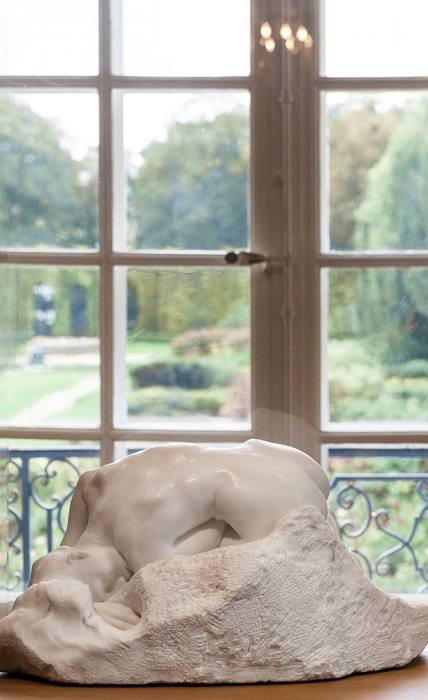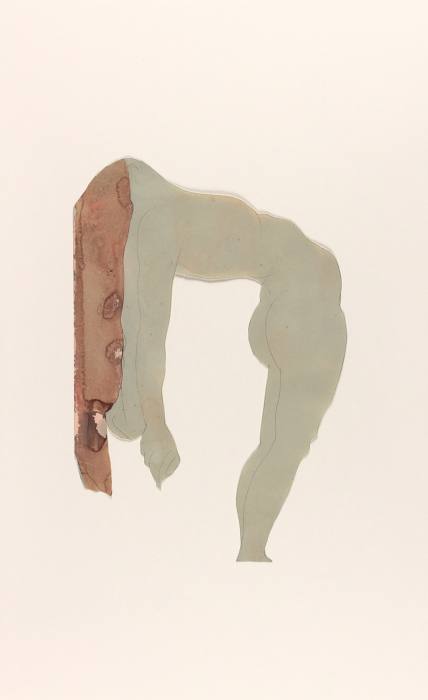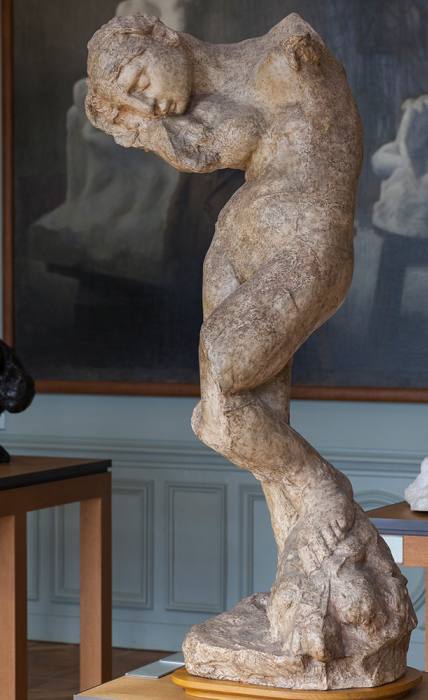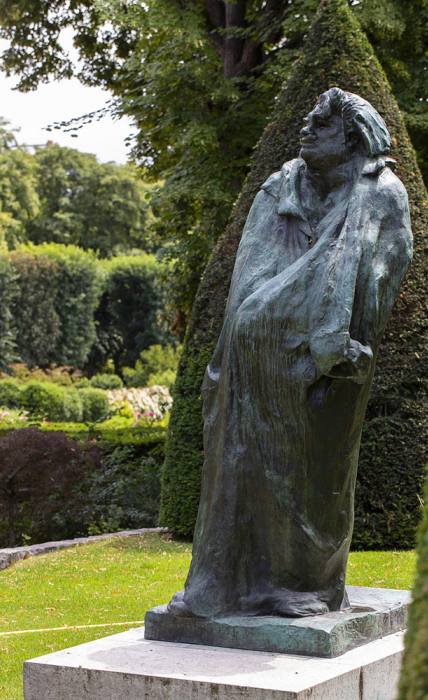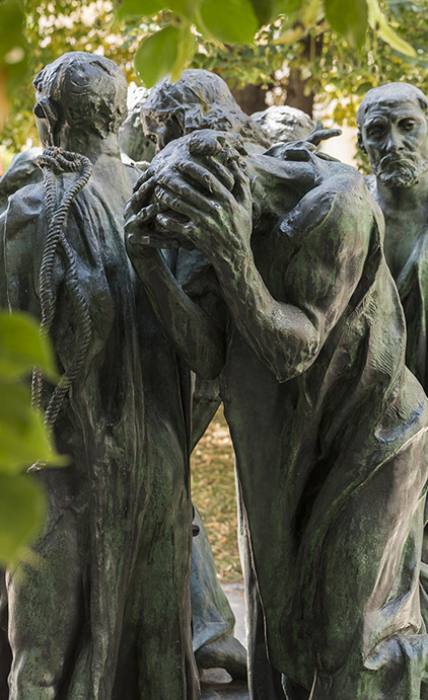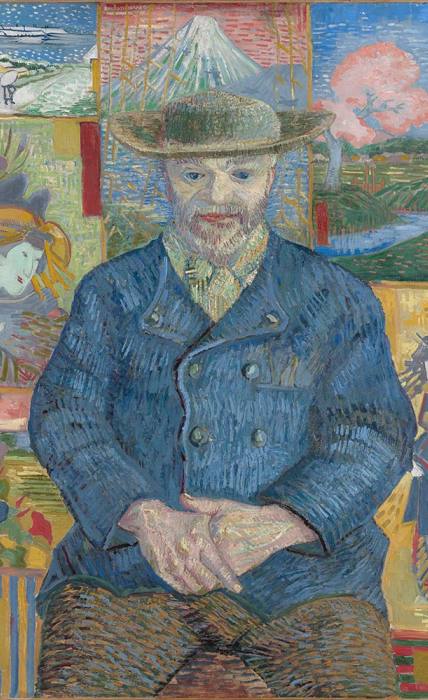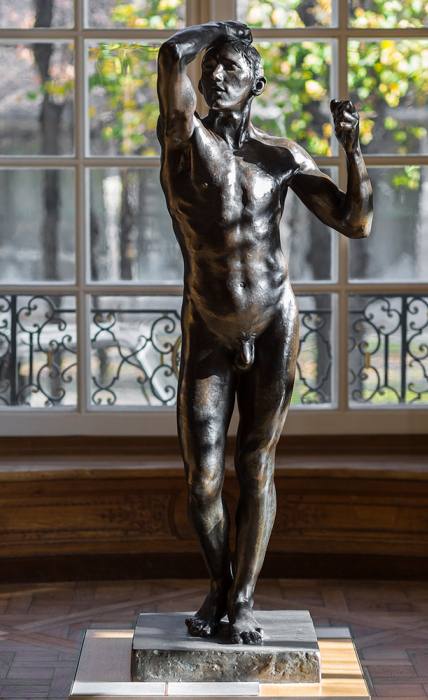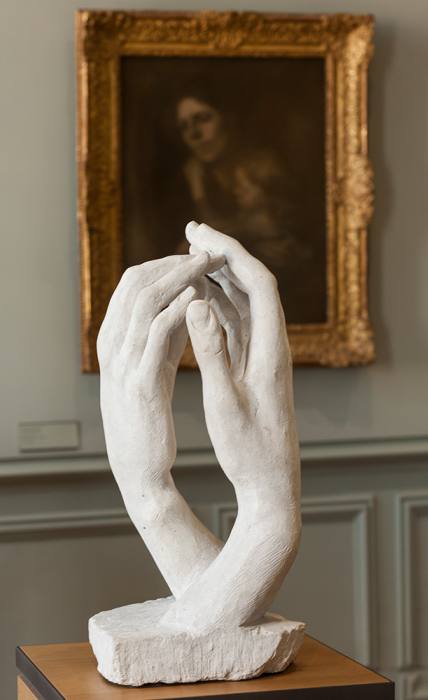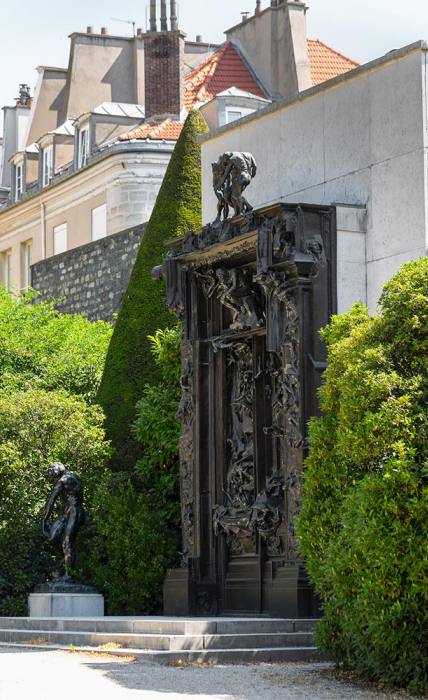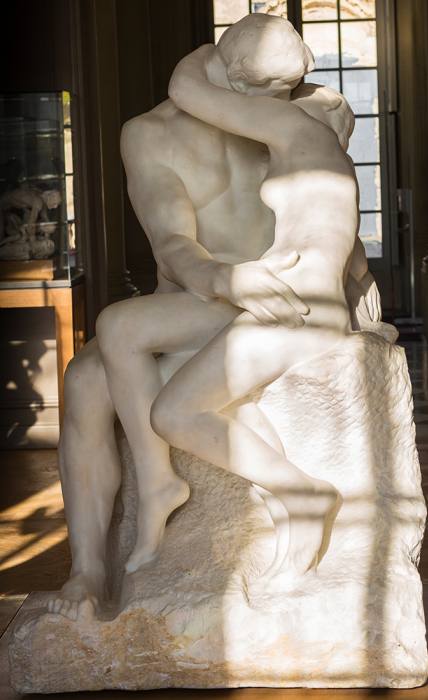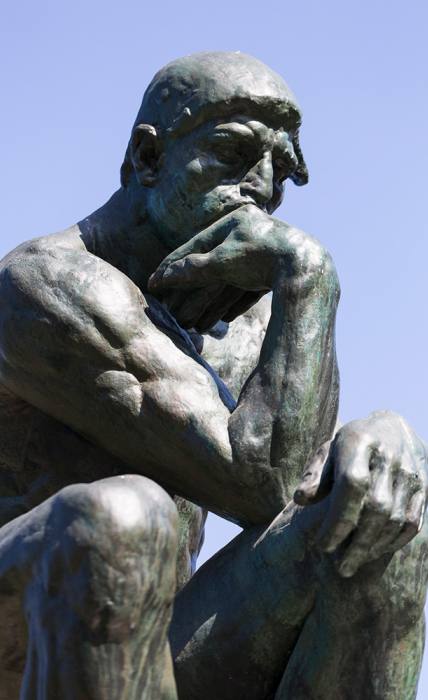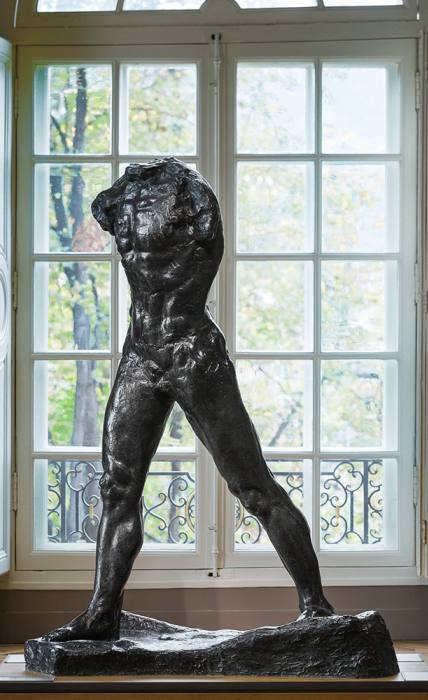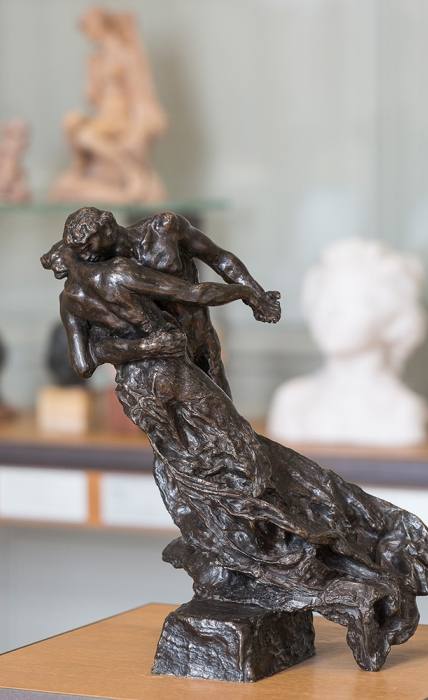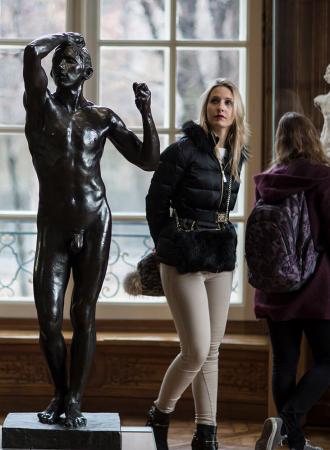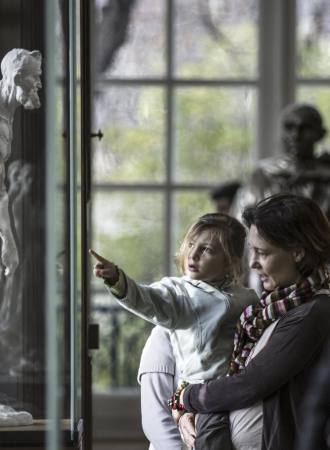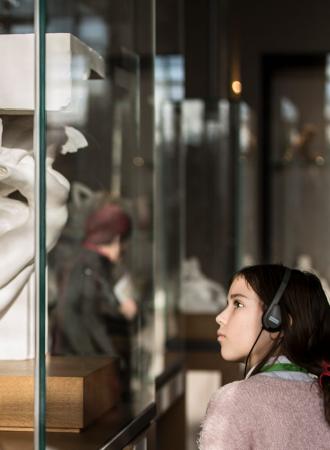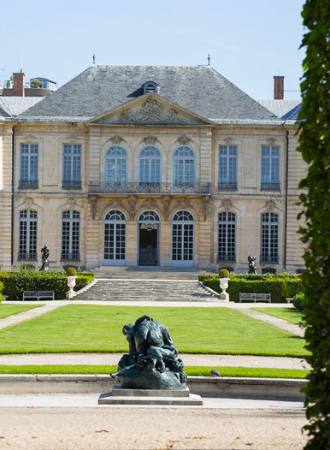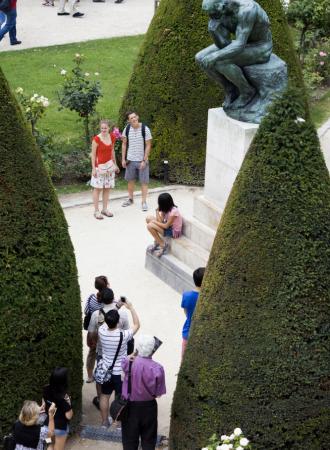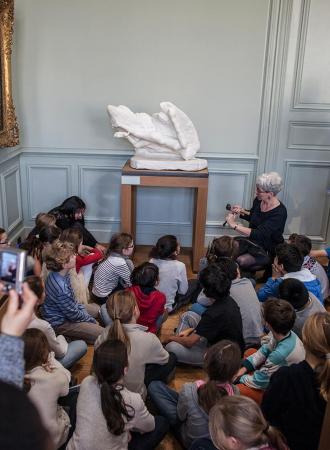Search the site
Must-see masterpieces
Rodin’s enduring influence is reflected in the keen interest his work continues to generate. It therefore seems instructive to take a fresh look at his sculpture in order to grasp the true measure of his creativity and the full extent of his artistic legacy. This overview explores his multi-faceted artistic career and highlights some of his masterpieces. The life and work of this artistic genius―who was also a passionate collector and a remarkable mentor―reflect all the complexity of a man at the crossroads of two centuries.
Braving criticism in search of truth
Early in his career, Rodin adopted an original approach to the human figure, based on a reinterpretation of works from antiquity and the Renaissance. In 1877, the Age of Bronze sparked interest and controversy for the remarkable realism of the body and the lack of any attribute that might identify the subject.
This scandal shone a spotlight on Rodin’s exceptional talent and earned him commissions for more ambitious projects such as The Gates of Hell and The Kiss. His determination to express human truth is consistently apparent, particularly in the figures he created for The Gates of Hell, many of which became famous in their own right: from The Thinker to the Danaid, his timeless figures and images of despair inspired reflection on the torments of the human soul. The sculptor’s later work with assemblage, enlargement and fragmentation reflects his desire to embrace the essential and the universal: Meditation, The Walking Man, The Cathedral.
Changing the nature of public monuments
Determined to overcome criticism and revitalize the monument genre, Rodin chose to sculpt the Burghers of Calais as six individual figures each facing his own tragic fate, placed at ground level rather than on a heroic pedestal.
The eventful history of his Monument to Balzac―an even more controversial work―reflects the audacity of his innovation: Rodin not only did away with the writer’s usual attributes―such as the book and pen―but even chose not to show the hands at all, breaking with contemporary conventions to propose a new kind of sculpted portrait.
An impressive artistic circle
Rodin showed the same strength of character and assertiveness in his work, his relationships and the creation of his private collection. He purchased Père Tanguy from Van Gogh, whom he saw as “an admirable demolisher of academic formulae, [who] also had a genius for light.”
Rodin had an even greater admiration for Camille Claudel, defending her work before the authorities on several occasions. The two figures in her sculpture The Waltz are intertwined in a spiraling dance of an intimate nature that drew criticism from her contemporaries.
